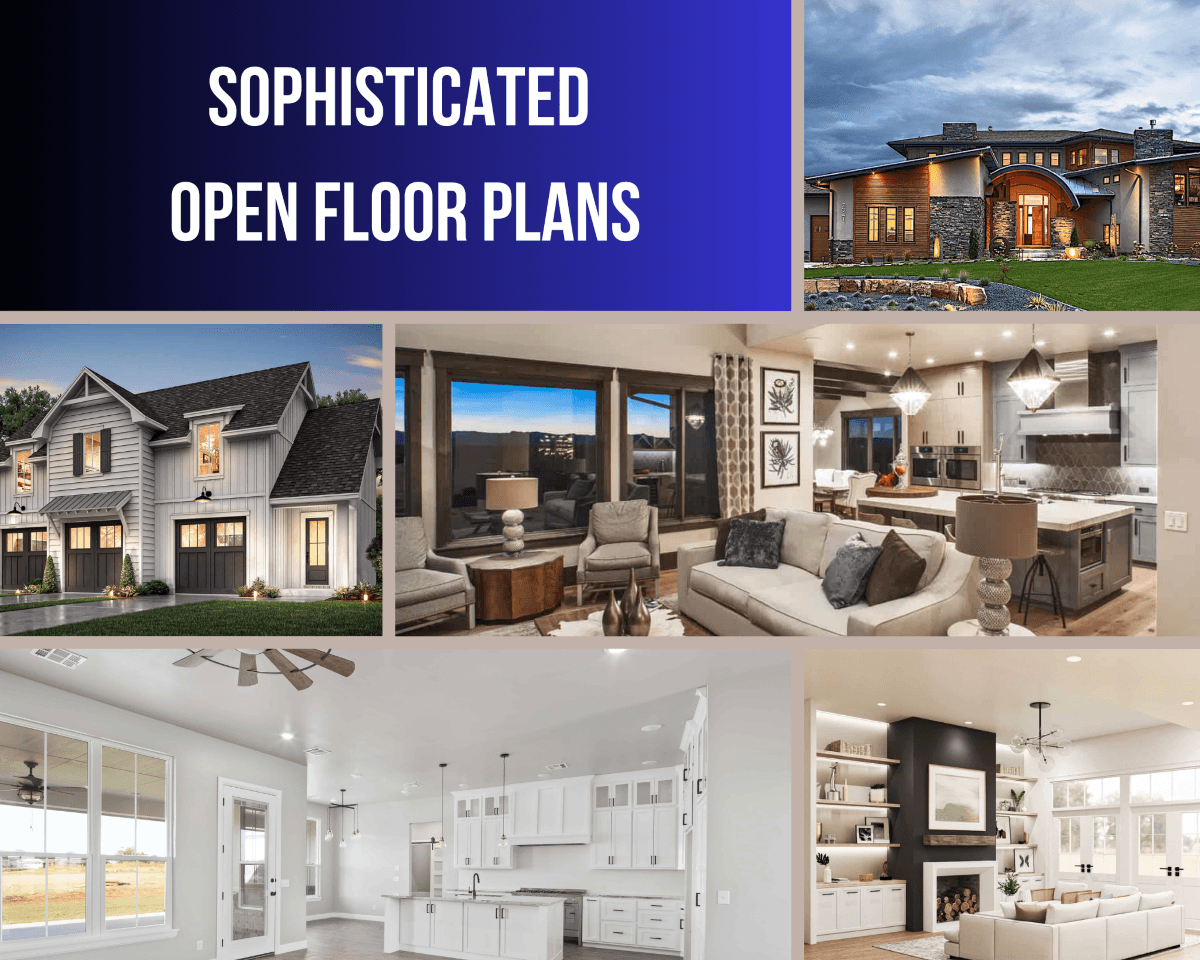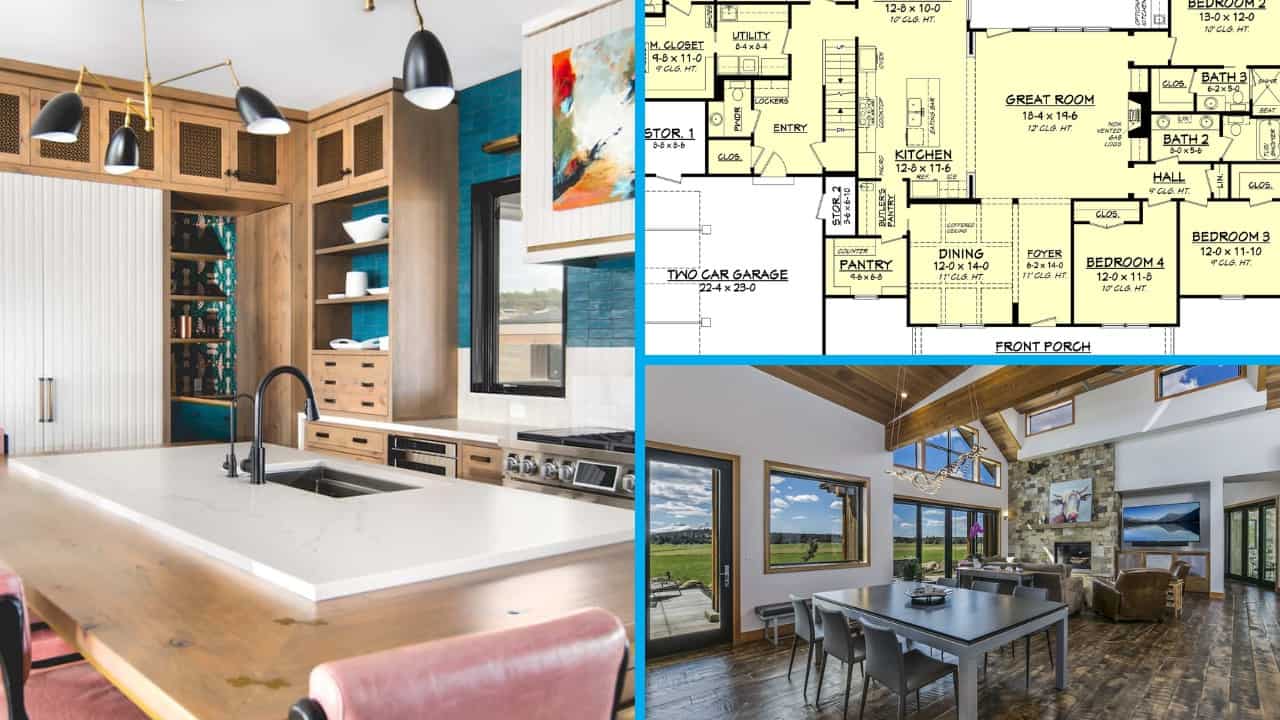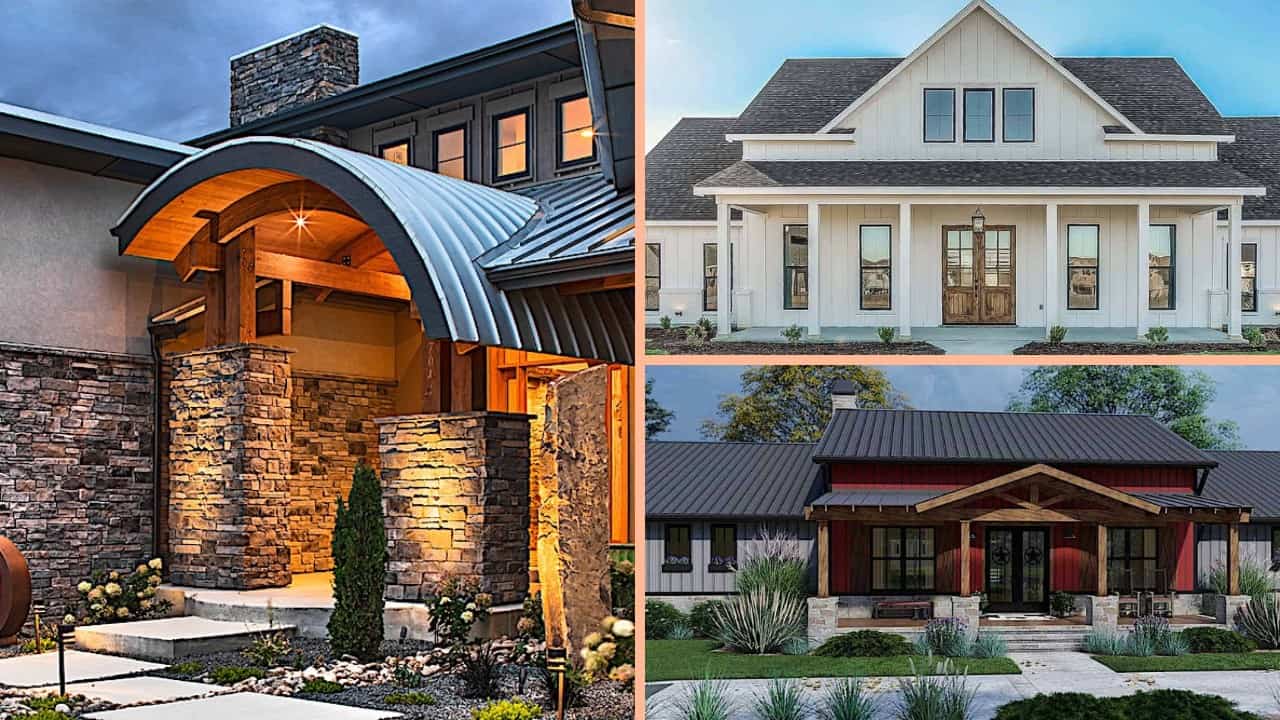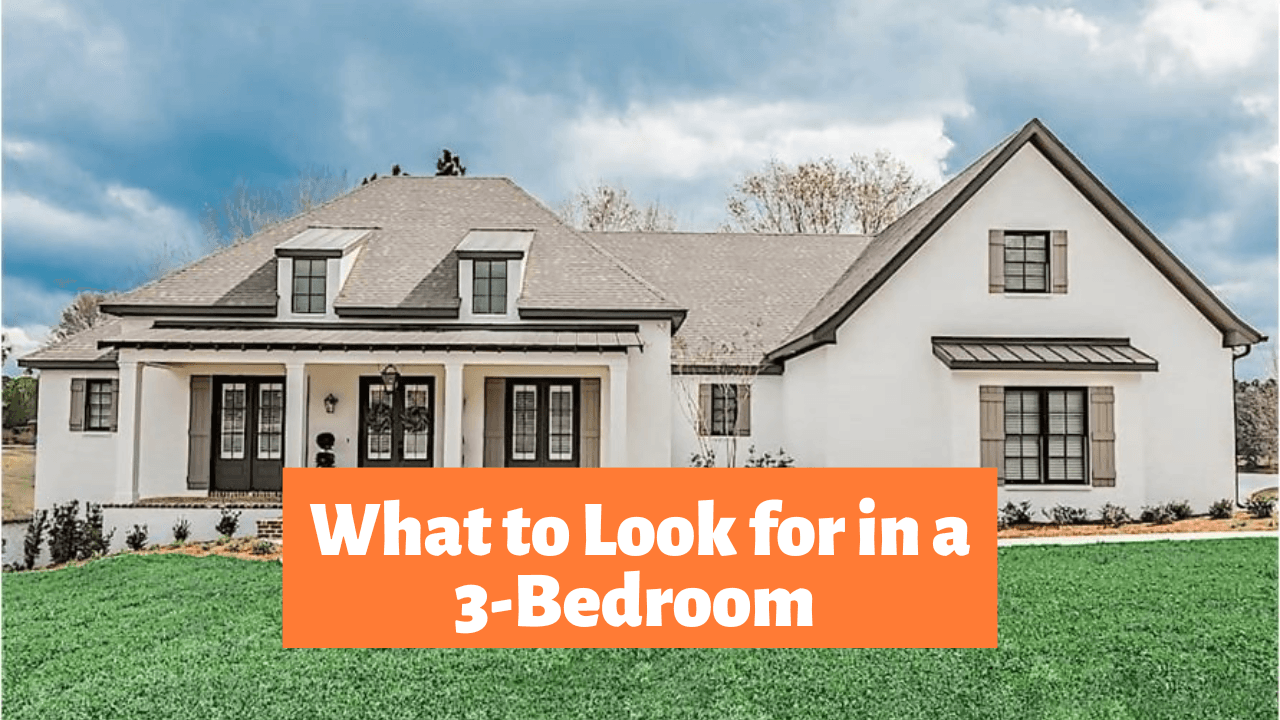8 Tips on Creating a Functional, Sophisticated Open Floor Plan through Design

Make Your Open Floor Plan Functional and Sophisticated—By Design
So you’re ready to move into your new home and a most amazing open floor layout. Before you decide on color schemes, interior décor, and furniture, here are a few tips to make the floor plan more polished, appealing, and above all, comfortable.
1. Minimize the Clutter
Remember to visualize the overall space and sketch a diagram of where you want to position everything. This will create clean and comfortable lines.
2. Toss Out Heavy, Oversize Furniture
The idea is to have free-flowing movement around the Great Room area, where family and friends can walk back and forth with ease. If sofas, chairs, and sectionals are bulky and overstuffed, the traffic pattern can be a bit congested and tight. Choose furniture that gives the social areas a comfortable, homey feel and not a gridlock.
3. Pay Attention to Arrangement
Speaking of furniture, remember to keep a balance in your floor arrangement to maintain that smooth and easy flow. Do not stack furniture on one side of the space, and try to position pieces some distance from the walls.
4. Integrate Color Schemes
Remember that this is your space, and you have to live in it! So choose colors that you like – and make sense for the home. Red maybe your favorite, for instance, but it may work better as an accent color than as a color for the walls.
Beige-cream hues can be mixed with light browns for a warm and cozy feel. Use darker tones for the ceiling and built-in cabinets/storage spaces, lighter hues for walls, and perhaps a combination of colors for corners, columns, windows, and doors.
Throw in splashes of color as part of the interior décor – patterned cushions, side and coffee tables, flower arrangements in oranges/yellows/reds, and pillows in bright complementary shades and tones.
5. Use That “Mirror, Mirror on the Wall…”
Strategically placed mirrors enhance the light filtering into the rooms, open up space more, and make for better ambiance. You can create your signature interior décor with mirrors. With their different shapes and sizes, mirrors are wonderful as wall accents – singly or grouped. Position them above the fireplace mantel, in the foyer area, on dining-living room walls, and in hallways, entryways, staircases, and bathrooms, of course.
6. Try for windows (and lots of them!)
In addition to high ceilings and mirrors, windows enhance the natural light that streams into the home. Whether the windows in your home are tall, thin, wide, narrow, or small, they allow clear views of the outdoors and increase the indoor-outdoor relationship when positioned correctly. These features of a home can really make a big impact on the look and feel.
Out with heavy drapes for a bright and airy feel. Go for blinds or curtains made of lightweight fabrics like cotton, linen, sheer crepe, or synthetic silk. These are more appealing and attractive options that also provide privacy.
7. Widen Doorways, Entryways between Rooms
Even with open floor plans, there are instances when homeowners decide to expand entryways to adjoining areas like the breakfast nook/pantry or the kitchen-living room – or other combinations. There is a better flow from one room to the next, not to mention a sunny, breezy atmosphere with wider passageways.
8. Look for Nonstructural Walls That Can Be Removed
So, do you think your home has enough open space? If you want to make it even more open, you will have to take down walls. Make certain that you consult an engineer to help target walls that can be removed and those that bear part of the structural weight of your home – and must remain.
Get ready with your sketches and tools as you take on this exciting project to make your home’s open floor design appealing and polished!
Footnote: This articles lead image is from a rustic Country style 2-story, 5-bedroom house plan. For more details on Plan #202-1016, click here.
Plan Results
OR ENTER A PLAN #
Blog Resources

Home Design & Floor Plans

Home Building

Architectural Styles/Architecture





















